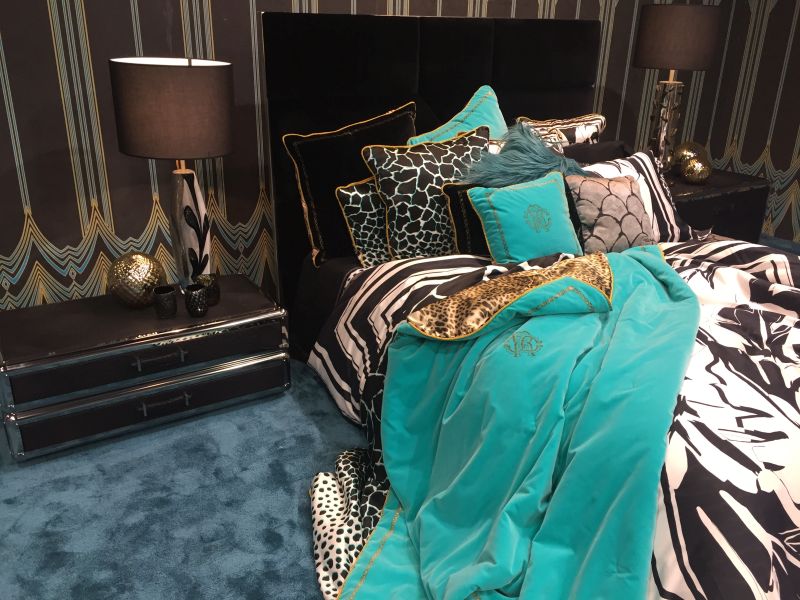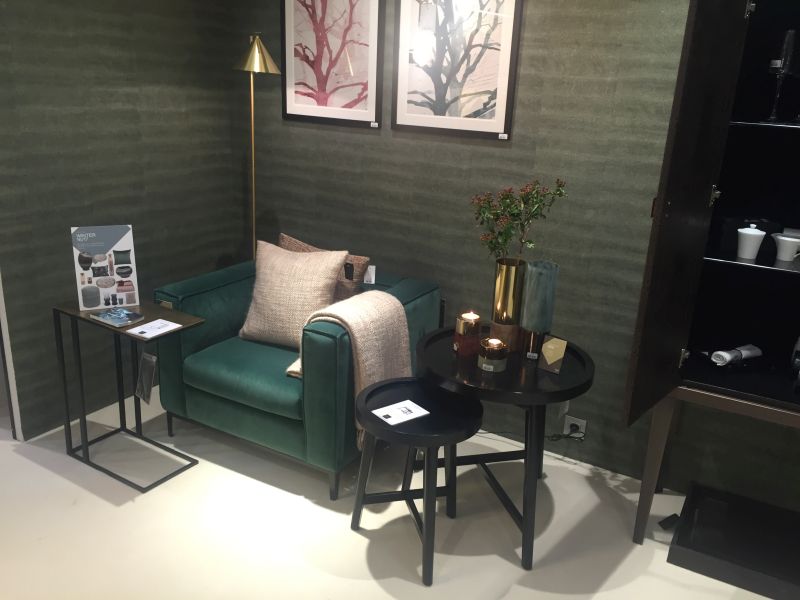The teal color holds a special place on the color wheel. It’s a deep blue-green color, like cyan but darker. “Turquoise” and “teal” are used interchangeably. However, that is not an accurate association.
There are different shades of teal, and none of them should be confused with turquoise.
If you’re remodeling your living room, for example, and you’re not sure which color to use, we’ll show the benefits of the teal color.
If you’re not familiar with teal, you will be when we’re done here.
From bold and bright to soft and subtle, teal can be used within home decor varieties. Although a popular hue, there are a few things about the color you need to understand.
Yes, the color can help you, but if you don’t you should know how to apply it to your living spaces.
In a rush? Here are the best headlines about what color teal it is:
- What is The Teal Color?
- Are Teal and Turquoise the Same?
- Where Did the Name Teal Come From?
- Does the Color Teal Have Special Meaning?
- What Personality is Associated With the Teal Color?
- Colors that Go Well With Teal
- Teal Color Interior Design Accents
Different Shades Of Teal
Let’s take a look at the various teal shades and how they can be used for your next interior decorating project.
Green And Blue
Teal at its brightest contains yellow. Although a combination of two colors, when you mix in a dash of yellow, you get bright teal. This is how its turquoise hue is created. There are other tones and shades that make teal a separate color.
Warm Color
While exploring the different shades of teal, you’ll see how the color has a unique personality. And because of its versatility, it’s easy to use in home design.
What is The Teal Color?
Teal is a deep blue green color, also known as cyan green. Squares are rectangles, but not all rectangles are squares – and teal works the same way.
According to University Art, teal is dark cyan. It’s one of the four ink colors on the printing color wheel. It is also one of the original groups of 16 web colors defined in HTML in 1987.
Similar to aqua, teal mixes green and blue, but it has a lower saturation that makes it easier on the eyes.
Teal Blue
The color is a medium tone that contains bluer and this color has been around since about 1927. Teal was popular in the 50s and 60s.
Teal Green
This color is a darker shade of teal that contains more green. Teal green can vary but usually, it’s a dark bluish green that is green, darker, and stronger than pine tree green colors.
Turquoise Vs. Teal
When you look close enough, you’ll notice the differences between teal and turquoise.
- Turquoise is a shade of blue, and while it is indeed found on the color scale between blue and green, it is still considered a blue hue.
- Teal is a blue green color that can be anywhere from medium to deep. It is made by combining blue and green pigments along with possible other colors, usually white
What Is The Meaning Of Teal?
The Interior Designers Institute (IDI) says that the psychology of teal is unique because it mixes the tranquil stability associated with blue colors into the optimism and healing properties of green hues.
- Softer teal color has a calm “natural dignity” and is not “in your face.”’
- Brighter tones are unique and smart.
- Tibetan monks consider the teal color to be a symbol of infinity.
Teal Personalities
Color psychology defines teal as an unconventional color. Those who like teal appreciate things that are different. Teal lovers are unique and don’t look to fit in with the crowd. Other personality traits associated with teal include:
- cautious, not impulsive and don’t take unnecessary risks
- open-minded and don’t judge quickly
- creative or artistic
- reliable and independent individuals
- even-tempered and thoughtful
- possibly pretentious
- guilty of overthinking things
Teal Color Interior Design Accents
Shades Of Teal
In its bold, vibrant state, teal pops when paired with bright white. Its complementary color, or color wheel match, is coral.
Light teal blue leans toward the cooler end of the spectrum and works well to create a soft, relaxing space with plenty of positive chi and energy.
Steel Teal
Steel teal is a cooler version of teal with gray undertones. With its proximity to neutral steel, teal is used in many contemporary designs, in a variety of ways.
It radiates more of the tranquility of blue but is supported by the growth that comes with the color green. Use it in décor and design in those settings where serenity is desired.
Simple Teal Color
Teal lives in the color scale range somewhere between green and blue. True teal actually has mostly peaceful blue with a small amount of yellow.
It’s reminiscent of natural waters, and this is particularly prevalent on teal-tinted glass objects.
Teal Blue
Teal blue trends even further toward the cooler end of the green-blue spectrum, but we’re still keeping clear of the deeper shades, so vibes of energy and youthfulness are apparent.
Interestingly, teal blue is believed to aid in concentration and clear thinking because it calms the nervous system and helps to control speech and expression.
Dark Teal Green
This dark teal green, for example, is studious and dramatic. When we’re stressed or tired, this color seems to shoulder the burden and buoy up our spirits. Its effect is instantaneously calming and invigorating.
Dark Teal Blue
Dark teal blue is stunning when paired with or against golds, like lighting fixtures or gold frames. The two colors were made for each other. Creativity and sensitivity simply ooze from such a sophisticated yet-approachable combination.
Home Decor
Let’s look at the color and how it’s used in home décor. Like all colors, this blue-green mix can combine with white to become tinted or mixed with grey to become toned. In its deepest shades, teal is muted and looks almost like a green slate.
Teal Color Combinations
Remember how teal is sometimes interchangeable with turquoise? This is the case when teal is at its brightest.
In this instance, it has a vibrant yellow tone and absolutely pops. A vivid color like this looks well with classic black and white, among others.
Cool Color
Deep shades of teal are associated with the controlling and healing of emotions, perhaps because there’s stability in such a somber color tone. However, its vibrant parentage provides balance to the sobriety, making teal, even in its deepest forms, a comforting color.
Teal Dining Ware
Blue, as we’ve discussed, is soothing. Yellow is energetic. Green is growing. Those three color effects might seem to be somewhat at odds with each other, but their combination creates the most radiant and down-to-earth color.
Living Room Color
With all its outward reflections, teal can also demand the spotlight in a most self-centered manner. This is what makes it a fantastic color choice in a room with a staid, classic, and/or “mature” color palette. It infuses the space with a bit of fun and is a visual highlight.
Light Teal Colors
Grey tones of teal, such as steel teal, work well in speckled, mosaic combinations with plenty of white and light neutrals. It, too, can benefit from a bit of energetic citrus infusion, as seen by this small yet important lime stripe.
Phthalo Blue
In this example, the chairs are phthalo blue, a color associated with teal. It works particularly well with other neutrals, such as cream/ivory, navy, and gold/grown tones. Put them all together, and you have a chic aesthetic with personality.
Living Room Backsplash
As you can see here, teal makes for an ideal backsplash in a living room, dining room, or kitchen. Among vibrant colors, teal can be included in your daily surroundings. It can help with the development of organizational and management skills.
Teal Furniture
Teal, like turquoise, can be empathetic and caring. It has been called the “color of the evolved soul”.
Even so, those of us who have still-evolving souls can enjoy the serenity and structure of the color on a comfortable piece of furniture.
Isn’t this corner nook, with the stuffed teal armchair, brass reading lamp, and charcoal papered walls, irresistible?
Living Room Furniture
Teal furniture, like this sofa, offers an element of class. A popular color in mid-century modern interior design, teal is a popular choice due to its soothing and calming effect.
You can have a memorable eclectic space with teal or a traditional or modern one. This versatility stems from the fact that teal can be loud or muted, depending on how it’s used.
Teal Combinations
Teal and gold are a great pair, as evidenced in this example. Too much teal in your space or life can overstimulate your brain and senses, creating mental, emotional, and physical imbalance. Be sure to pair it with other appropriate colors to maximize its healthy, beautiful potential.
Different Shades Of Teal
While too much teal can be overwhelming, look at what happens when there’s not enough.
Darker Blue
Teal is one way to break up color monotony. A decorating rut or design stand-still. Teal has a calming effect. It’s preferred due to its ability to create structure and style.
Frequently Asked Questions (FAQ)FAQ
What Is The Hex Code For Teal?
As a member of the blue-green family, the HEX code for the color teal is #008080.
What Color Is Teal?
Teal is a deep blue-green color, also called a cyan green. However, teal blue is a medium tone that contains more blue.
Are Teal And Turquoise The Same?
Turquoise is a shade of blue whereas teal is a blue green color that can be anywhere from medium to deep. Teal is a member of the green color family. It is made by combining blue and green pigments along with other colors like white.
How Did Teal Get Its Name?
The color is named after a member of the freshwater duck species, the Eurasian teal. The bird’s eyes are ringed with teal color.
What Colors Go Well With Teal?
Teal pairs well with many colors, some you might not expect. Prime partners include beige, black, brown, cream, gold, gray, pink, white, yellow, and burnt orange.
Teal Color Conclusion
If you want a deep blue-green color, you won’t a better option than teal. One of the things that make the color so extraordinary are the complementary colors that work well with it. When working with neutral colors, pair them with teal and watch what happens.
Basic teal creates a soothing atmosphere. Emerald green is too strong, which means it’s not as flexible as teal. Midnight green is the same. Teal combines blue and green hues, and that’s a hidden secret. Depending on the shade, teal can work with contrasting colors and vibrant colors.
A key element of interior decorating is color. First, you have to choose the right color. Next, you have to make sure your color match. When you accomplish your design, you’ll discover how the reward with worth your time and effort.
The post How To Use Teal Color So Your Indoor Living Spaces Will Sparkle appeared first on Homedit.























0 Commentaires